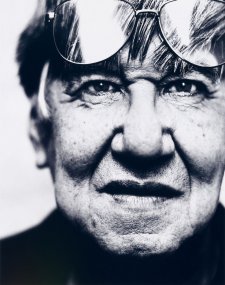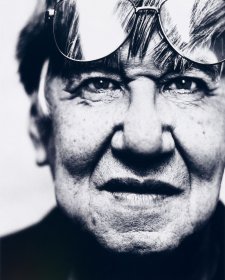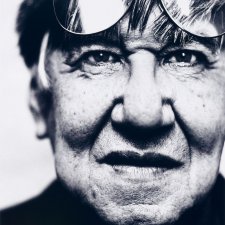- About us
- Support the Gallery
- Venue hire
- Publications
- Research library
- Organisation chart
- Employment
- Contact us
- Make a booking
- Onsite programs
- Online programs
- School visit information
- Learning resources
- Little Darlings
- Professional learning
Clement Meadmore (1929-2005), sculptor, was born in Melbourne and studied aeronautical engineering and industrial design at the Royal Melbourne Institute of Technology. Before completing his studies he left the Institute to work as an industrial designer, creating furniture known for its simple and open structure while sculpting in his free time. After extensive travel in Europe in 1953 he produced his first commercial sculptures, which included large abstract pieces influenced by the monoliths of Stonehenge. In 1963, unable to make a living from his work in Australia, he relocated to New York, where he lived and worked for the rest of his life, apart from a year-long return to Australia to work as photo editor for Vogue magazine. Meadmore sculptures stand on the campuses of Princeton and Columbia universities and he is represented in New York’s Metropolitan Museum and other major American galleries. There are several of his colossal works in Canberra; one stands in the Sculpture Garden of the National Gallery of Australia and others occupy the forecourt of the Barton Offices on Kings Avenue, and the grounds of Government House. Though huge, they suggest weightlessness and potential. ‘I'm not interested in metaphors of infinity or of anything else,’ he told Time magazine in 1971. ‘I have to start with a real object, a thing - and then try to let it transcend its physicality.’
Collection: National Portrait Gallery
Gift of the artist 2003
Donated through the Australian Government's Cultural Gifts Program
© Lewis Morley Archive LLC
Lewis Morley (49 portraits)



On one level The Companion talks about the most famous and frontline Australians, but on another it tells us about ourselves.



Magda Keaney speaks with Lewis Morley about his photographic career and the major retrospective of his work on display at the NPG.



Visit us, learn with us, support us or work with us! Here’s a range of information about planning your visit, our history and more!